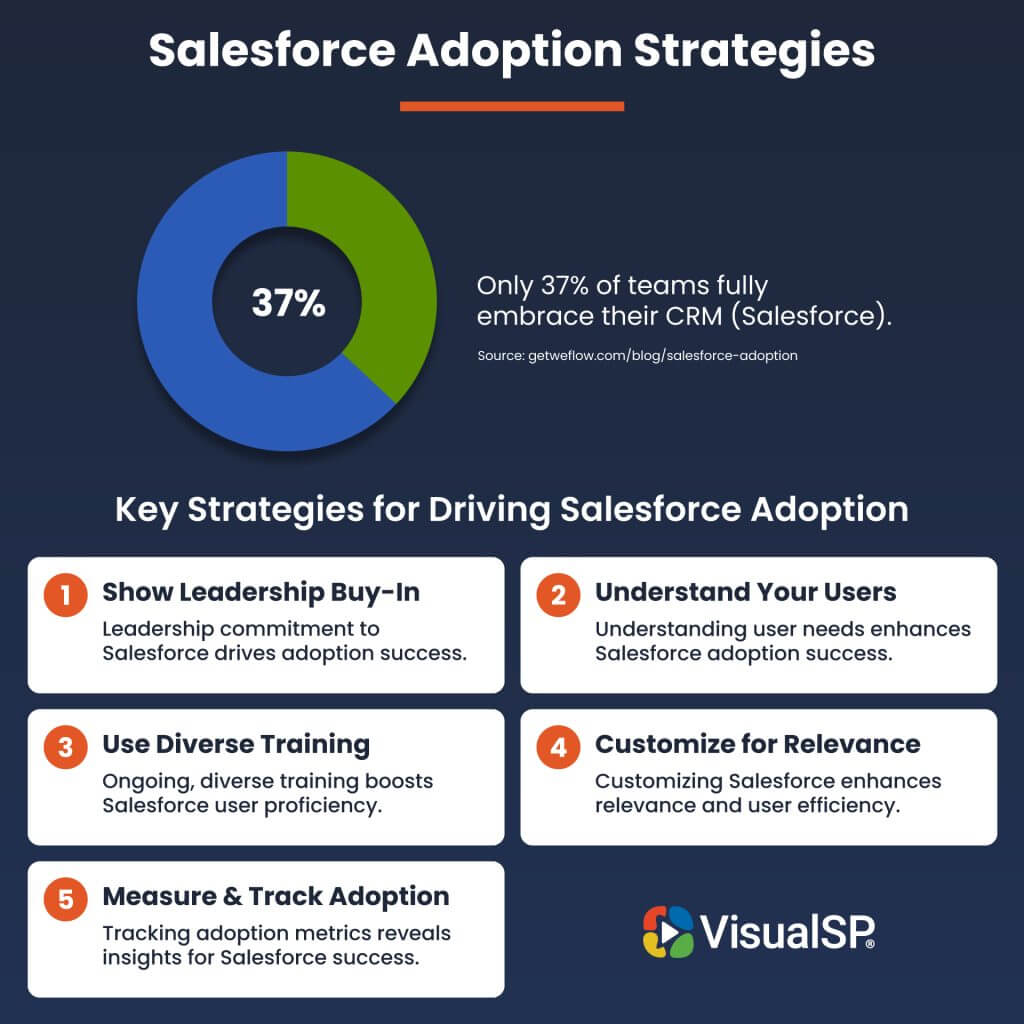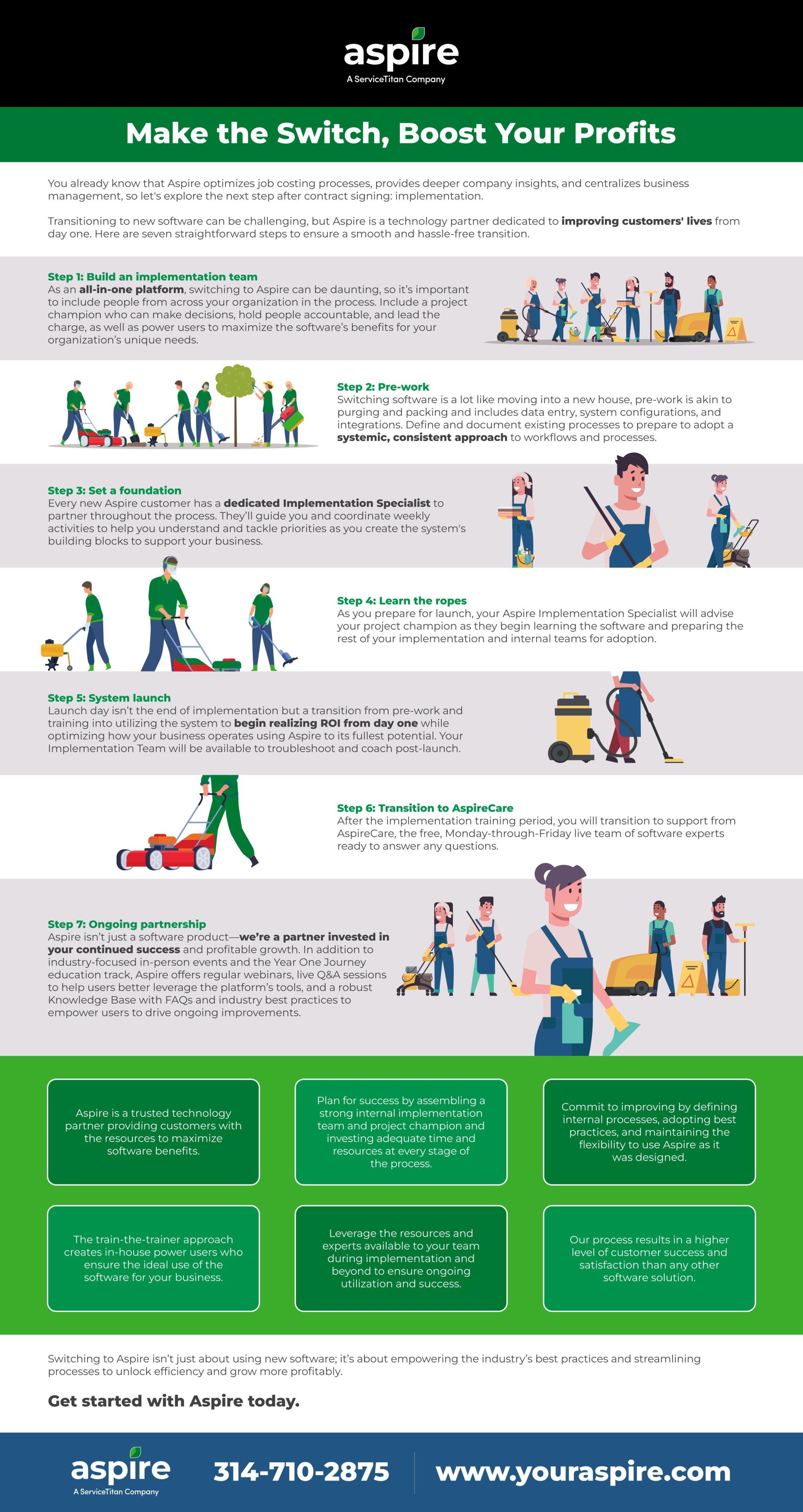Imagine rolling out a new CRM system without ensuring your team knows how to use it effectively. It’s like handing over a state-of-the-art tool without a user manual.
Your CRM strategy is bound to stumble without your team’s buy-in, and that’s where a robust CRM training strategy comes into play. By focusing on empowering your team, you can transform potential confusion into clarity and apprehension into enthusiasm. Picture this: your sales, marketing, and support teams, each navigating their unique CRM workflows with confidence.
The key is tailoring the training to fit their specific roles and responsibilities. This isn’t just about clicking buttons; it’s about integrating CRM seamlessly into daily tasks to boost productivity and success. But how do you ensure your team stays sharp over time? Through ongoing support and by leveraging tools that simplify CRM training. You’ll learn how to measure the effectiveness of your training efforts, ensuring that your CRM investment truly maximizes its potential. Dive in to discover how investing in your team can lead to a thriving CRM strategy and ultimately, business success.

Credit: spinify.com
Introduction: Why Crm Strategy Fails Without Team Buy-in
Many CRM strategies fail because the team is not involved. Without team buy-in, the system seems like an extra task. Employees may not see its value. Training helps them understand the benefits. It shows them how CRM makes their jobs easier.
People need to feel the system is for them, not against them. Involve them early in the process. Ask for their feedback. Use simple examples during training. Make it relevant to their daily tasks. Highlight how CRM can help them achieve their goals.
Keep sessions interactive. Encourage questions. Show real-life success stories. A team that feels heard is more likely to embrace change.
What Is A Crm Training Strategy? (and Why It Matters)
Creating a CRM training strategy involves planning how to teach your team to use CRM software effectively. It’s important because it helps employees understand the system. This can lead to better customer relationships and more efficient work. A good strategy includes clear goals and step-by-step instructions.
It should also offer ongoing support and resources. By preparing well, you help your team feel confident. Training should be simple and straightforward. This makes it easier for everyone to learn. Employees can then use CRM tools to their full potential.
A well-trained team can lead to improved business outcomes. It also boosts team morale. This approach encourages employees to use CRM regularly, making it a valuable asset for the company.
Identifying Key Roles And User Types In Your Crm System
Understanding different roles and user types in a CRM system is crucial. Each person in your team may need to use the system differently. Salespeople might focus on tracking leads and closing deals. Customer service reps could use it to manage customer inquiries.
Managers often need to analyze data for reports. Identifying these roles helps tailor training to meet specific needs. This approach ensures everyone knows how to use the CRM effectively. It also makes team members feel supported. Proper training increases comfort with the system.
This leads to better usage and higher productivity. Encouraging feedback during training can also help. It allows you to address issues early. This way, the CRM becomes a useful tool for everyone.
Training For Sales Marketing And Support: Tailor By Team
Each team has specific needs in CRM training. Sales teams benefit from sessions that focus on managing leads and following up with prospects. Marketing teams need training on segmenting contacts and automating campaigns. Support teams require guidance in tracking customer issues and ensuring timely responses.
Customizing training allows each group to concentrate on what matters most for their roles. This approach leads to better understanding and efficient use of CRM tools. Engaging training sessions that use real-life examples and interactive activities can make learning easier.
Encouraging open discussions lets team members share their challenges and solutions, making the process collaborative. Regular updates and refreshers ensure everyone stays informed about new features or changes. Tailored training boosts confidence and helps teams work smarter, leading to better overall performance.
Best Practices For Designing Your Crm Onboarding Program
Creating an effective CRM onboarding program requires careful planning. Start by defining clear goals for your training. What should your team achieve by the end of the program? Knowing this helps in designing relevant content. Use simple examples and real-life scenarios.
These make the training relatable and easier to grasp. Break down complex tasks into smaller steps. This prevents overwhelming learners. Interactive sessions encourage participation. Role-playing or group activities can make learning fun. Provide easy-to-follow guides and resources. These act as reference points for team members when they need help.
Regular feedback is crucial. It helps improve the program and address any issues quickly. Keep the training sessions short. This maintains attention and helps information retention. Encourage questions. This creates an open environment for learning. Remember, patience is key. Everyone learns at their own pace.
With thoughtful planning, your CRM onboarding can be smooth and effective.
Using Real Scenarios And Workflows For Hands-on Learning
Integrating real scenarios and workflows into CRM training offers practical experience. Employees often learn best when they see how tasks relate to their daily work. By using real examples, team members can understand CRM tools better. It shows them how to handle customer data, track interactions, and manage leads effectively.
This approach makes learning more relevant and engaging. Employees can quickly see the benefits of CRM systems when they relate directly to their tasks. Observing workflows in action helps to reduce training time. It also boosts confidence, as employees feel prepared to use CRM tools in their roles.
Real scenarios provide a clear picture of CRM processes, making it easier for teams to adapt and succeed.
Ongoing Support: Keeping Skills Sharp Over Time
Providing consistent support ensures team members keep their skills sharp and maintain confidence in using the CRM system. Offering regular training sessions helps employees stay updated with the latest features and best practices. Encourage team members to share their experiences and challenges.
This creates a learning environment where everyone can grow together. Having a dedicated support team or helpdesk is crucial. It provides quick answers to any questions or issues that arise. Regular feedback sessions can identify areas where more training might be needed.
This approach tailors learning to actual needs. Consider using online resources or tutorials for self-paced learning. This flexibility allows employees to learn at their own speed. Recognizing and rewarding employees who excel in using the CRM boosts motivation. It also encourages others to improve their skills.
By fostering a culture of continuous learning, you ensure your team remains competent and confident in their CRM abilities.
Tools And Resources To Simplify Crm Training
Selecting the right tools and resources can make CRM training easier for your team. Online tutorials are a great start. They provide step-by-step instructions. Webinars offer a chance to learn from experts. They answer questions in real-time. Interactive modules keep learning fun and engaging.
Employees can practice what they learn. Videos can also be helpful. They show how to use CRM in real-world situations. Guides and manuals should be clear and simple. They are handy for quick reference. Encourage your team to use forums and community boards.
These platforms are great for sharing tips. Colleagues can help each other solve problems. Consider using a mix of these resources. This approach caters to different learning styles. It ensures everyone gets the help they need.
How To Measure Crm Training Effectiveness
Understanding how to measure CRM training effectiveness is crucial for business success. Begin by setting clear goals. Know what you want from the training. These goals help in tracking progress. Next, gather feedback from the participants. Ask them about their learning experience.
This feedback is valuable. It helps in identifying areas for improvement. Analyzing performance metrics is also important. Look at data before and after training. Compare sales numbers, customer satisfaction scores, or support ticket resolution times. These figures show if the training made a difference.
Another way is through quizzes or tests. They measure knowledge gained during the training. Regular follow-ups keep the momentum going. Check if employees apply what they learned. Real-world application of skills is a strong indicator of effective training. Keep these points in mind to ensure your CRM training strategy is successful.
Final Thoughts: Invest In People To Maximize Your Crm Investment
Investing in your team is crucial for maximizing your CRM investment. A well-trained team can use CRM tools effectively, boosting overall efficiency. Providing ongoing training helps employees feel confident. They become more comfortable with the system, leading to better adoption rates.
Engage employees through interactive sessions and real-life scenarios. This approach makes learning easier and more relatable. Encourage team members to share their experiences and tips. This fosters a collaborative environment where everyone benefits. Regular feedback sessions can help identify areas needing improvement.
Addressing these promptly keeps the team on track. Remember, the goal is not only to teach but also to inspire. A motivated team will be more likely to embrace the CRM system, leading to success. Investing in people ensures that your CRM system is used to its full potential.
This leads to better customer relationships and, ultimately, business growth.

Credit: www.youraspire.com
Frequently Asked Questions
How Do You Develop A Crm Strategy?
Identify your business goals and target audience. Choose the right CRM tools and platforms. Train your team effectively. Implement data management and analytics. Continuously monitor and adjust your strategy for improvement.
What Are Examples Of Crm Strategies?
Examples of CRM strategies include personalized customer interactions, loyalty programs, and effective customer feedback systems. Implementing automated marketing campaigns and utilizing CRM software to track customer behavior can also enhance customer relationships. Regularly training employees on CRM tools ensures consistent service and improves customer satisfaction.
How Do You Implement A Crm Successfully?
To implement a CRM successfully, define clear goals and involve your team. Choose the right CRM software. Customize it to fit your business needs. Train employees thoroughly and encourage consistent use. Regularly review and optimize the system for continuous improvement.
What Does Crm Strategy Mean?
A CRM strategy optimizes customer relationships, enhancing satisfaction and loyalty. It integrates tools and processes to manage interactions, analyze data, and streamline communication. This approach boosts sales, improves customer service, and drives business growth. Implementing an effective CRM strategy is crucial for maintaining competitive advantage and achieving long-term success.
Conclusion
Empowering your team is vital for CRM success. A solid training strategy ensures smooth adoption. Tailor training by role and team needs. Use real scenarios for effective learning. Provide ongoing support to keep skills sharp. Measure training effectiveness regularly. Remember, investing in your team’s growth maximizes your CRM investment.
Prioritize hands-on learning and support. This builds confidence and competence. Your CRM system thrives when your team is well-prepared. Focus on creating an engaging training experience. Success follows when your team feels equipped and valued. Keep your CRM strategy people-centered for lasting benefits.



